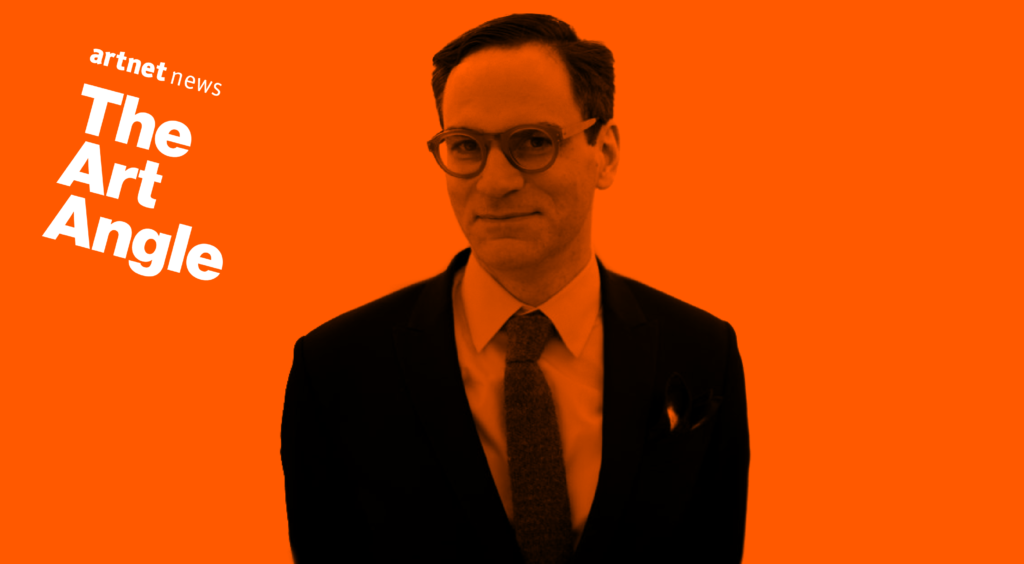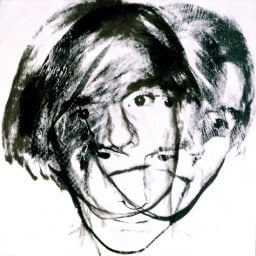Welcome to the Art Angle, a podcast from Artnet News that delves into the places where the art world meets the real world, bringing each week’s biggest story down to earth. Join host Andrew Goldstein every week for an in-depth look at what matters most in museums, the art market, and much more with input from our own writers and editors as well as artists, curators, and other top experts in the field.
In late January, Philip Tinari, the director of Beijing’s pioneering UCCA Center for Contemporary Art, was in Davos, Switzerland for the latest outing on the non-stop international carousel of events that has defined the art world for much of the 21st century. It was there, on a ski lift, that he began receiving frantic messages from his team back at the museum: a mysterious disease had begun afflicting an alarming number of Chinese residents, and the government was beginning to shut down borders, cities, and businesses—including museums like theirs—to try to stem the spread.
That mysterious illness was, of course, COVID-19, the lethal respiratory disease that roared to life in Wuhan, China and went on to grind much of the global economy and the art industry to a halt. Its emergence gave Tinari, a Philadelphia native who has led the UCCA Center since 2011, a rare front-row view to the societal and cultural impact of the virus near its point of origin, as well as the considerable damage it has done to the already-strained relationship between the United States and China.
But just over three months later, China’s extreme response to the virus has proven effective enough for the country to begin resuming some semblance of normal life, including visiting art museums and galleries. On May 21, the UCCA Center reopened with “Meditations in an Emergency,” a multipart exhibition created in response to the virus, making Tinari and his staff among the first to have to adapt the in-person art experience to a post-pandemic world. On this week’s episode, Tinari joins Andrew Goldstein to discuss how the crisis has changed the art landscape in China, the practical challenges of shutting down and restarting museum operations in a crisis, and what the future may hold for the art world at large.
Listen above and subscribe to the Art Angle on Apple Podcasts, Spotify, SoundCloud, or wherever you get your podcasts. (Or catch up on past episodes here on Artnet News.)
Listen to Other Episodes:
The Art Angle Podcast: YouTube’s No-Nonsense Art Guru on How to Unlock Your Inner Artist
The Art Angle Podcast: How Marina Abramović Became the Center of a Vast Satanic Conspiracy Theory
The Art Angle Podcast: The New Yorker’s Peter Schjeldahl on His Adventures in Life as an Accidental Art Critic
The Art Angle Podcast: Ai Weiwei on the Coronavirus, China, and Art’s New Role
The Art Angle Podcast: How Photography Is Being Revolutionized in the Coronavirus Era
The Art Angle Podcast: Why Germany’s COVID-19 Relief Plan Is the Envy of the Art World
The Art Angle Podcast: The Unbelievable True Story of the Mystical Painter Agnes Pelton
The Art Angle Podcast: Three Ways Coronavirus Will Transform the Art World
The Art Angle Podcast: Why Art and Fashion Need Each Other Now
The Art Angle Podcast: What Does an Art Scene Look Like Under the Coronavirus?







